Happy New Year! A chance to start over…again. Here is everything you need to know about 2022 the Year of the Water Tiger.
The Chinese New Year falls on Tuesday, February the 1st, also known as the Lunar New Year or Spring Festival. It is celebrated on the second full moon of the Winter Solstice and possibly the biggest celebration in Chinese culture.

The Chinese zodiac originates over 2000 years ago, from the Qin Dynasty embedded in a system of zoolatry (animal worship). The animals of the Chinese zodiac, follow one another in an established order and are repeated every twelve years. Each sign is associated with differing qualities, strengths and weaknesses, divided by their element as well as their yin (feminine) vs yang (masculine) spectrum.
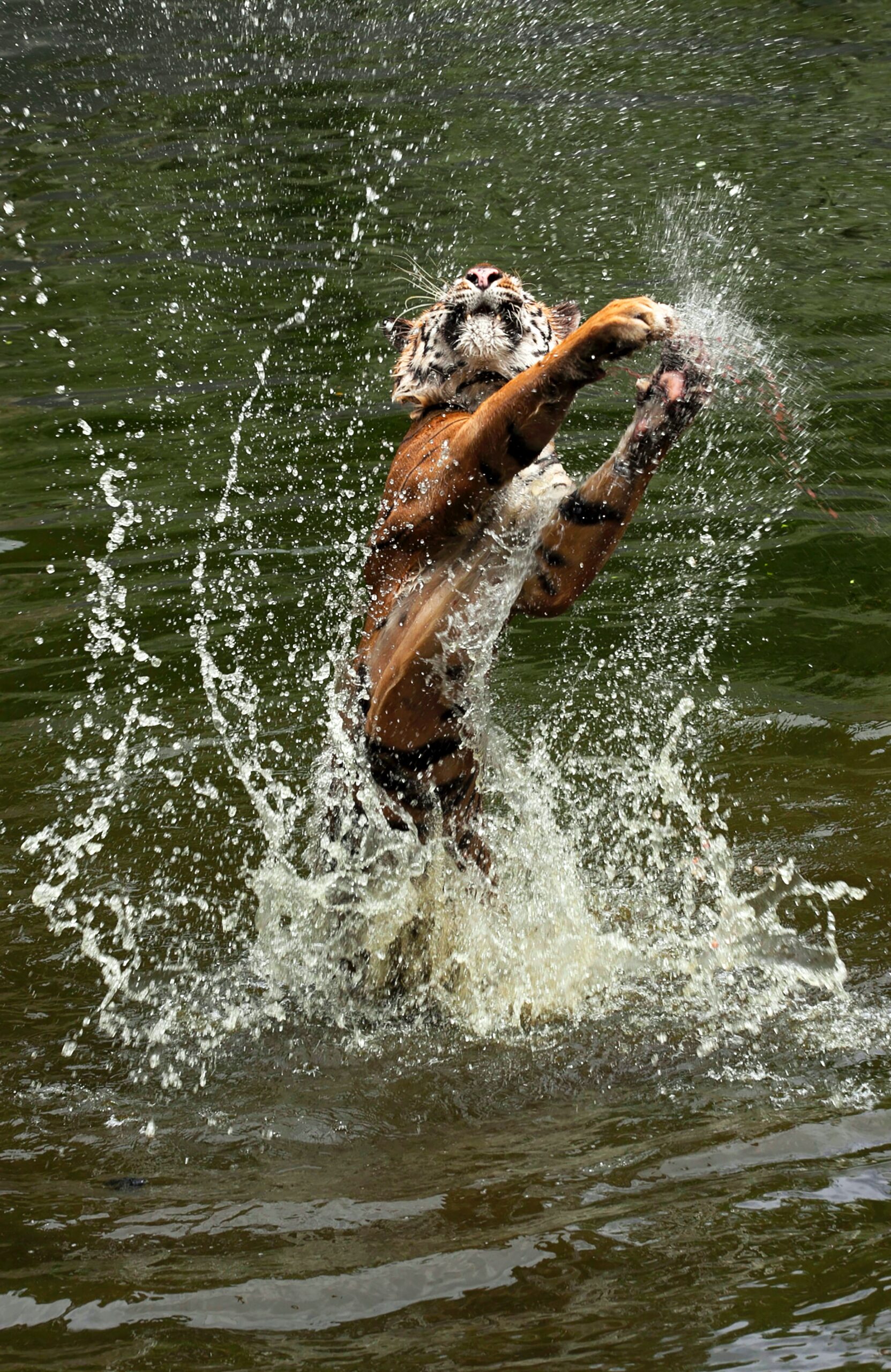
The Chinese Zodiac acts in accordance to the year of birth as follows:
Ox – 1925, 1937, 1949, 1961, 1973, 1985, 1997, 2009, 2021
Rat – 1924, 1936, 1948, 1960, 1972, 1984, 1996, 2008, 2020
Tiger – 1926, 1938, 1950, 1962, 1974, 1986, 1998, 2010, 2022
Rabbit – 1927, 1939, 1951, 1963, 1975, 1987, 1999, 2011, 2023
Dragon – 1928, 1940, 1952, 1964, 1976, 1988, 2000, 2012, 2024
Snake – 1929, 1941, 1953, 1965, 1977, 1989, 2001, 2013, 2025
Horse – 1930, 1942, 1954, 1966, 1978, 1990, 2002, 2014, 2026
Goat – 1931, 1943, 1955, 1967, 1979, 1991, 2003, 2015, 2027
Monkey – 1932, 1944, 1956, 1968, 1980, 1992, 2004, 2016, 2028
Rooster – 1933, 1945, 1957, 1969, 1981, 1993, 2005, 2017, 2029
Dog – 1934, 1946, 1958, 1970, 1982, 1994, 2006, 2018, 2030
Pig – 1935, 1947, 1959, 1971, 1983, 1995, 2007, 2019, 2031
The general forecast for the year of 2022, is a year of possibility and prosperity.

The lead up to this year comes from following on from 2020, the Year of the Rat, which was a year grounded on survival. 2021, the Year of the Ox, was focused on cementing ourselves in new reality. The past two years have been preparing us for 2022, the Year of the Tiger. We are now ready to action and advance with the big changes coming throughout the year ahead.
In the Chinese zodiac, those born in the birth Year of the Tiger are born leaders, independent and fearless. They are hungry for excitement, crave attention, typically walk and talk assertively and inspire respect. Tigers are courageous and energetic, as well as love a challenge or competition. They may also be rebellious, short-tempered and outspoken, typically known for preferring to give orders, rather than take them.

Tigers employ their strength and justice in the face of adversity. Utilising Tiger traits will benefit everyone entering this Lunar New Year. Reigning in the Year of the Tiger, means you can also expect good fortune in your relationships and family life.
The water element, makes 2022 especially distinctive as it falls only every 60 years. The Water Tiger is favourable as a symbol of strength, courage and predilection. The element of this year symbolises a year of wealth, influence, power, politics and a central focus on such advances.
 Those who thrive on attention, decisiveness and decision, will be moving to the next level and benefit the most this coming year. “The challengers,” and those who will be tested this year, include those born in the year of the Tiger, Snake, Monkey and the Boar. The “trailblazers” of 2022 include those born in the year of the Rat, Ox, Rabbit and Dragon and the “superstars” of 2022, include those born in the year of the Horse, Sheep, Rooster and Dog.
Those who thrive on attention, decisiveness and decision, will be moving to the next level and benefit the most this coming year. “The challengers,” and those who will be tested this year, include those born in the year of the Tiger, Snake, Monkey and the Boar. The “trailblazers” of 2022 include those born in the year of the Rat, Ox, Rabbit and Dragon and the “superstars” of 2022, include those born in the year of the Horse, Sheep, Rooster and Dog.
A forecast for the year ahead:
Tiger: Although it is the Year of the Tiger, those born in this astrological year will be challenged. It probably will not be a year for relationship advances, and singles need to be patient when hoping for a suitable mate. They will however, have better luck in family and work relations.
Rabbit. A trailblazer of 2022, the Rabbit can look ahead to a lucky year. This will be predominant in business and career moves, international affairs and performance elevation. There is warning in regard to new friends this year, as some may become financial burdens.
Dragon: The Dragon should pay attention to social relationships, their health and their loved ones in 2022. It is said to be a year to focus on strength and self-resilience. No one is coming to save them this year, so they are warned to act conservatively and complain less.
Snake: Similar to the Tiger, the snake will be challenged this year. They must learn to control their temper this year, with disputes with family and possible exes on the horizon.
Horse: The Horse can look forward to a good year with work advancement and financial skills. There is room to cultivate interpersonal relationships with social entertainment opportunities on the horizon in 2022.
Sheep: The Sheep will be in luck in 2022, as they make big changes, persevere and advance. There is a year of romance on the horizon for the sheep, it is also a good year for marriage, having another child and moving to new property.
Monkey: The Monkey will have a tough year of twists and turns. There is advice to play conservatively as they will not have much luck in career or relationships this year. Relationships with family will however, be peaceful.
Rooster: This will be a great year for the Rooster, as two of the luckiest stars will be shining on them throughout 2022. This year there will be good food, wine, career advancements, relationships and adventures.
Dog: The Dog’s luck will be on their side this year, as their talents flourish. They must show care to their lovers, friends and family as well as their health to avoid illness and communication breakdown.
Pig: Those born in the year of the Pig will have opportunity for work promotion and collaboration. However, the pig should be weary of unfamiliar partnerships and competitors stealing opportunities.
Rat: The Rat will face average luck this year. They are warned to beware of any extreme activities as some unlucky stars indicate a possible injury. Rats may also find their schedules busier than usual making it harder to make new connections and friends.
Ox: The Ox can expect a good year with being more open to opportunities for relationships. It is a perfect year for those single, having the best luck in romance out of the twelve signs in 2022.
There are lucky colours and numbers associated with the Chinese zodiac and year ahead. For the Year of the Tiger, the colours green and blue will bring luck and fortune, with lucky numbers 1, 3 and 7. There are additional warnings to stay clear of the colour white and the numbers 4 and 9 throughout the year.
Tigers are strong, aggressive and they keep moving all the time. There’s an imperative warning, to keep your ego in check this year, to transition through 2022 with ease and advances, seizing every opportunity, just as the tiger would.




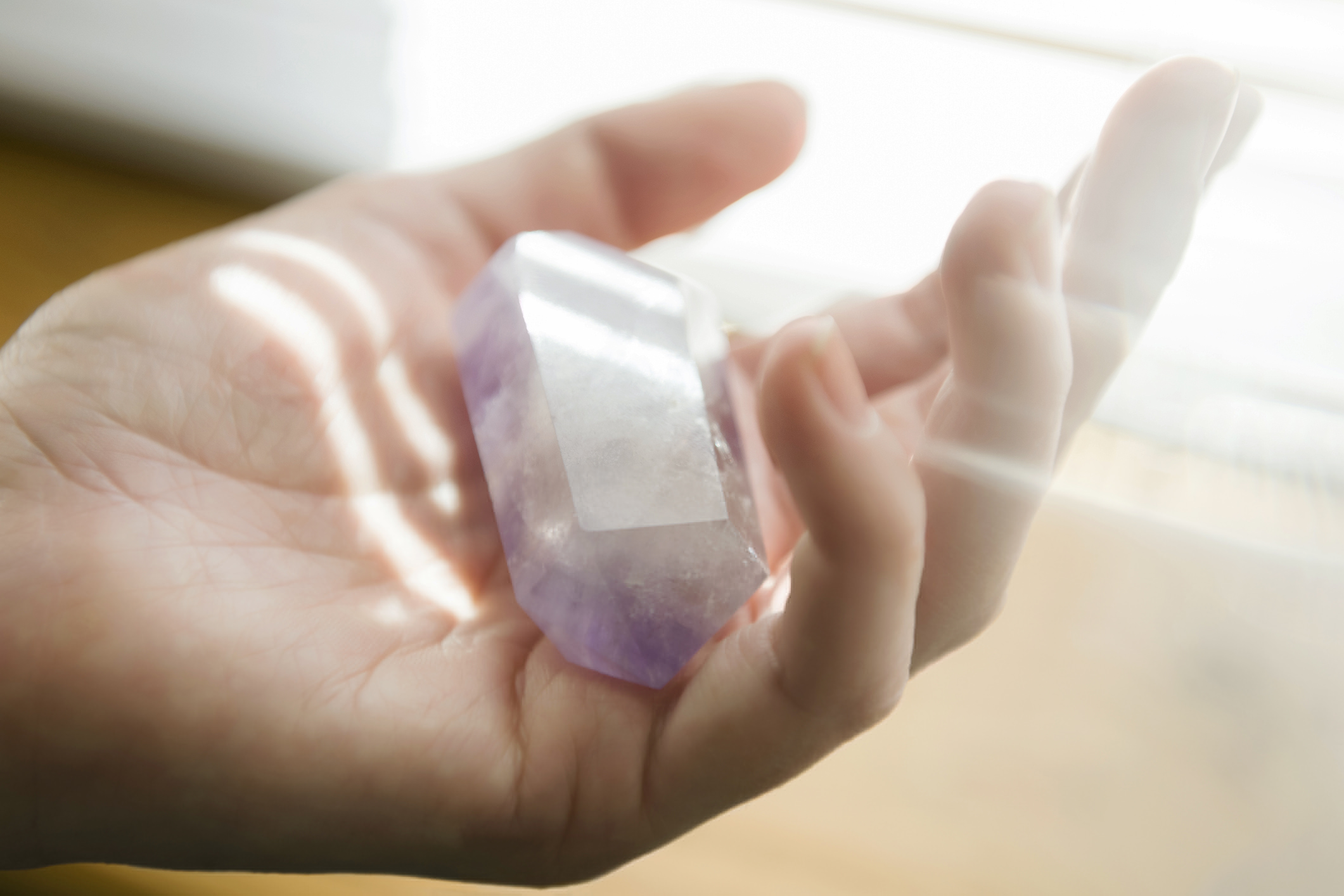

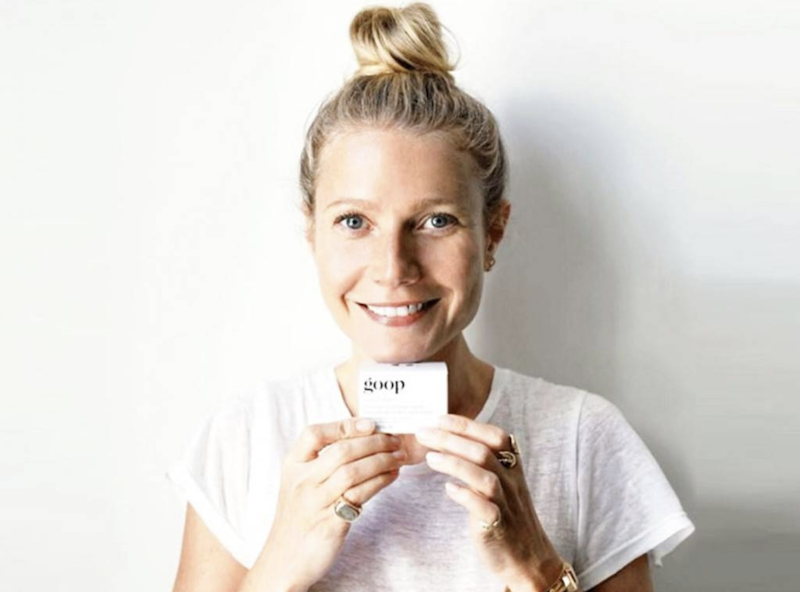
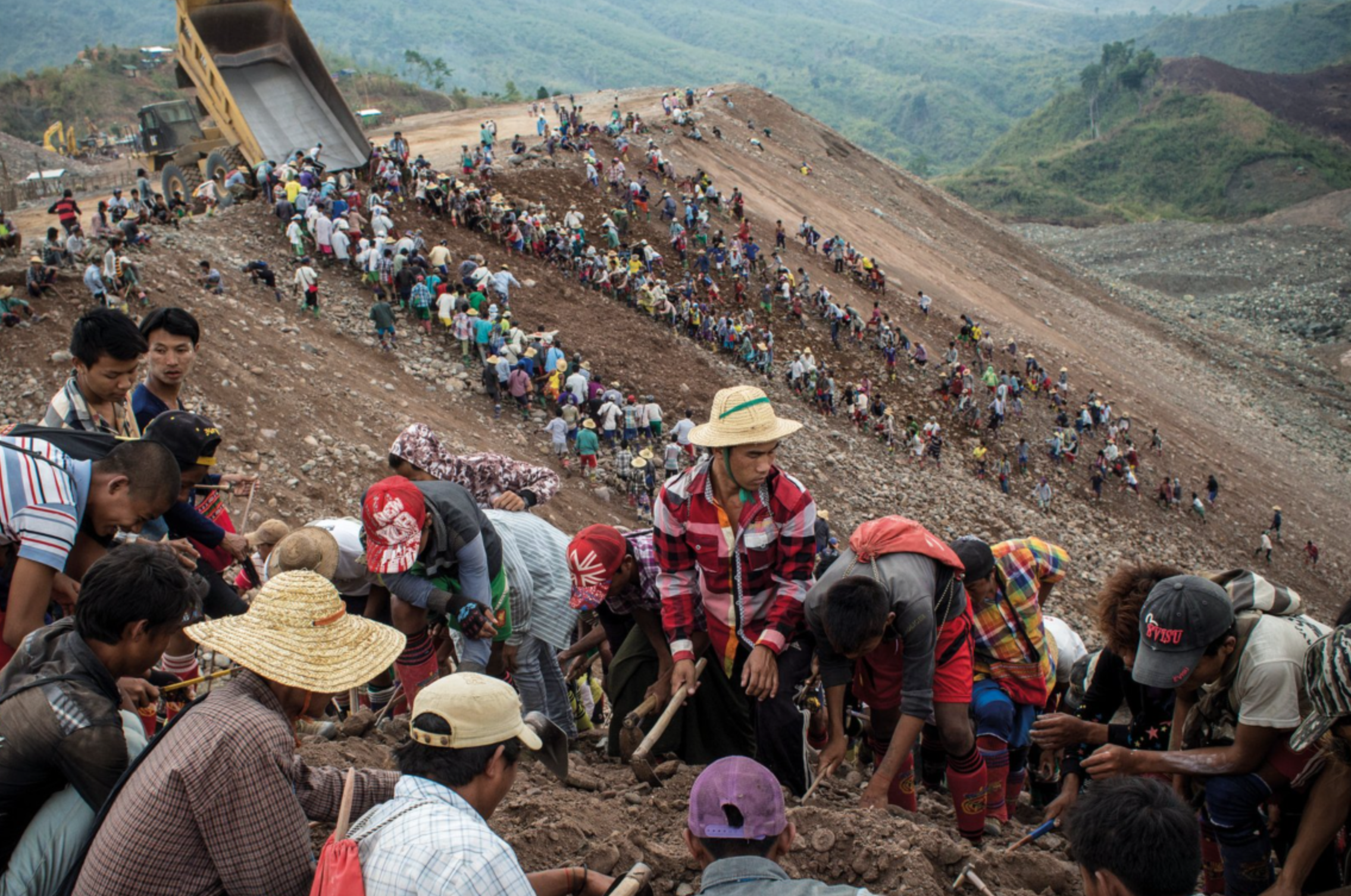

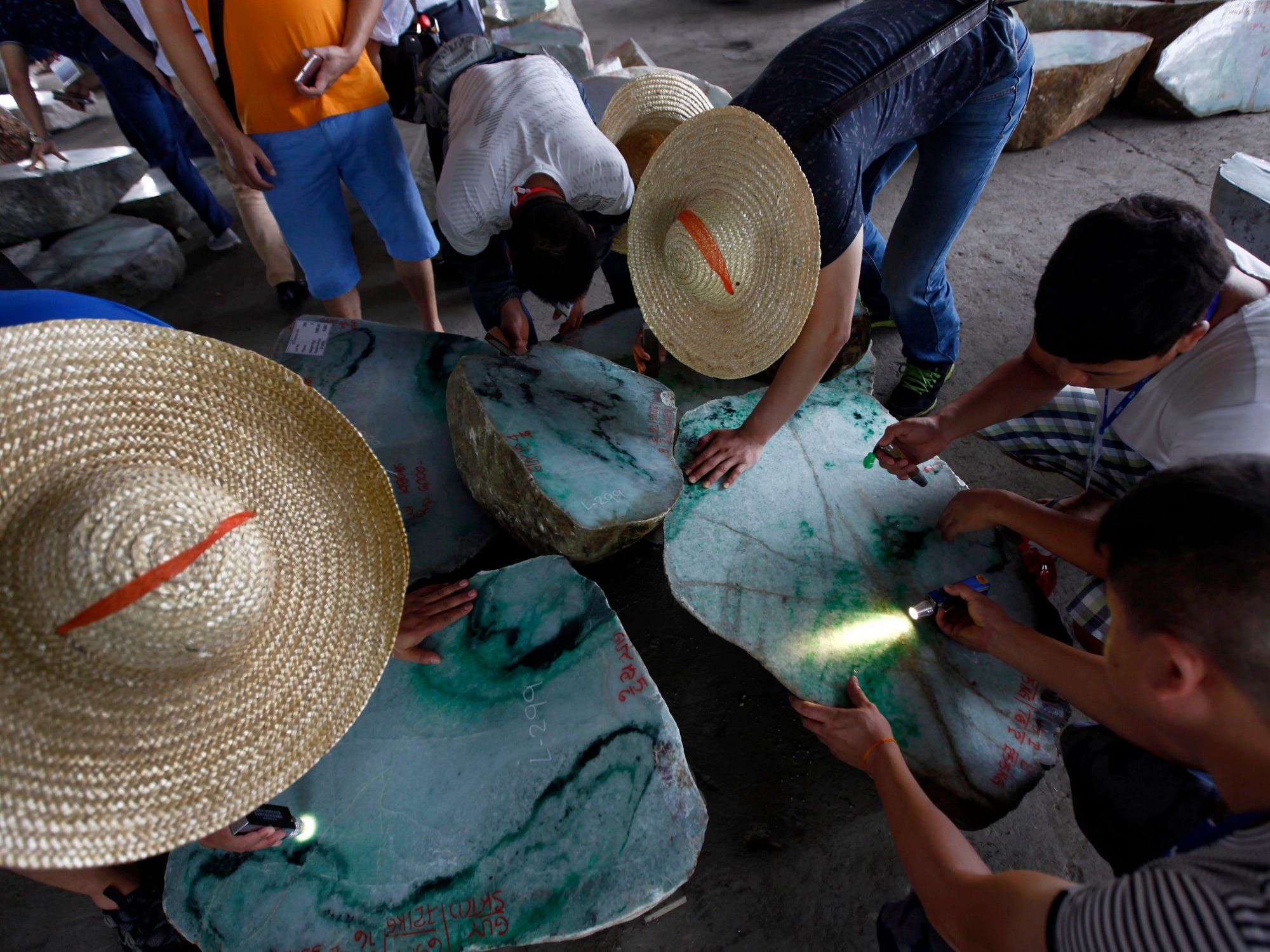
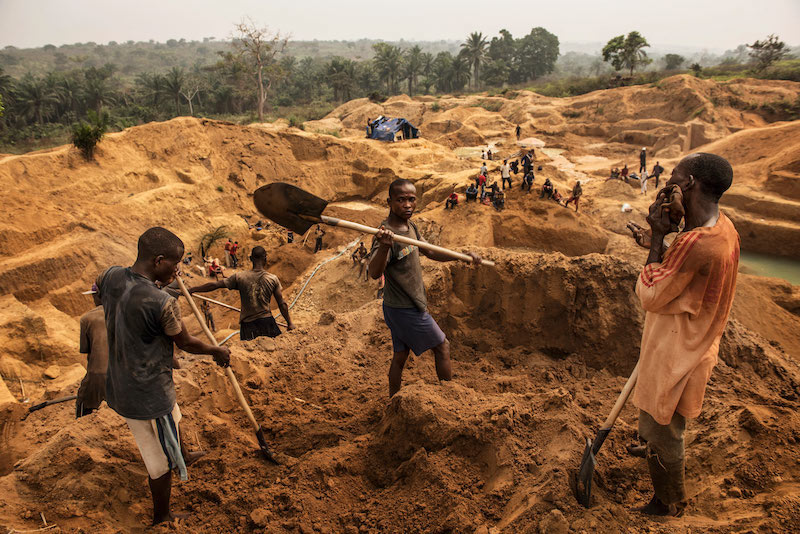


 According to psychologist Havan Parvez, of
According to psychologist Havan Parvez, of 
